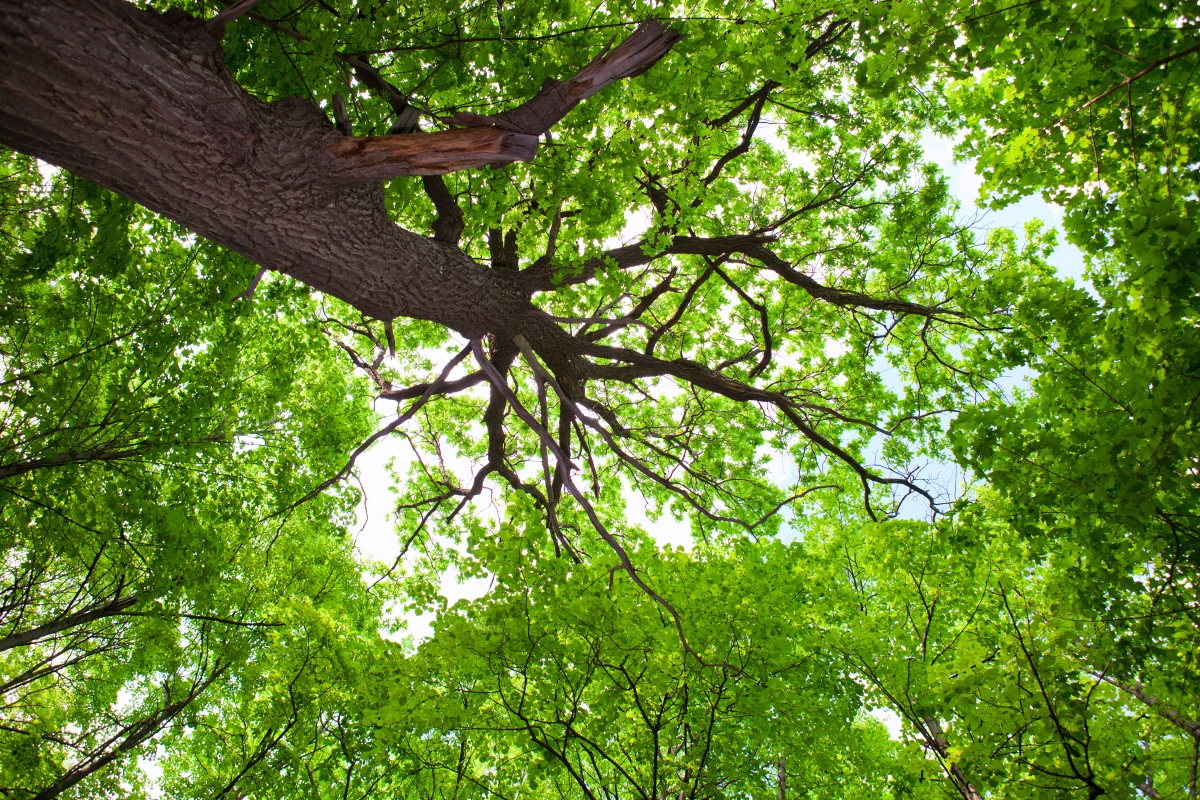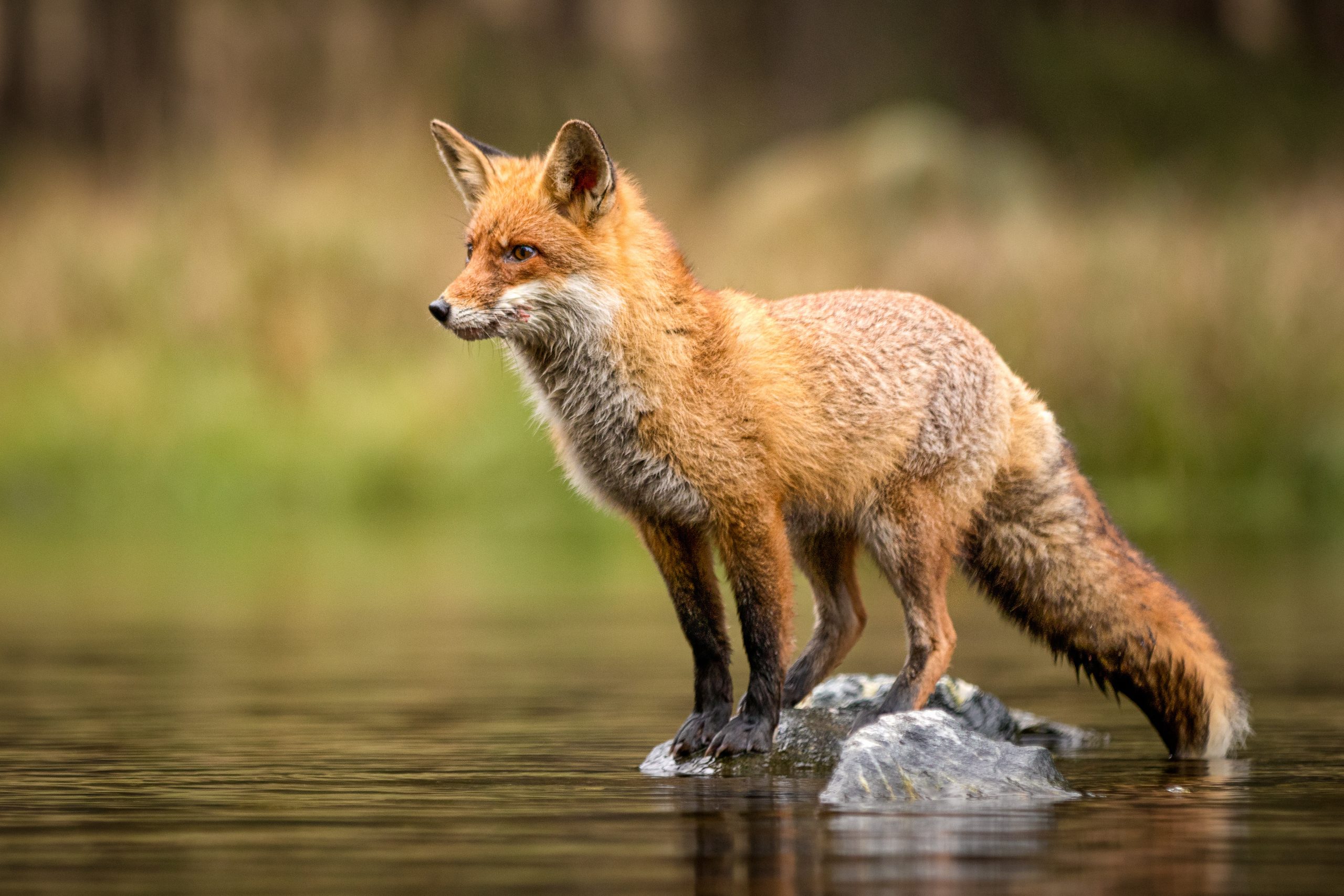Citizen survey to monitor honeybee colonies launched

May 24th, 2019
Researchers from NUI Galway have launched Europe’s first-ever online nationwide citizen survey to capture data on where honeybee colonies currently exist on our island.
The study is to be carried out in collaboration with the National Biodiversity Data Centre, the Native Irish Honey Bee Society (NIHBS) and the Federation of Irish Beekeeping Associations.
Researchers in the Ryan Institute at NUI Galway are studying wild honey bees in Ireland to discover the number and distribution of their colonies in order to devise strategies for their conservation.
Of the 99 species of bee in Ireland there is only one native wild honey bee – the northern black bee – that is considered extinct in the wild across much of its European range.
In order to aid researchers in their study, the public are asked to get in touch through an online website with any reported sightings of wild honey bees living anywhere other than a beehive.
Vital information required include photos and descriptions of the colony entrance, its location, and how long it has been there.
Honey bees typically like nesting in elevated cavities like hollows in trees, walls and roofs of buildings, old houses and castles, and are often seen in larger numbers when workers are flying to and from the nest entrance on warm sunny days.
The study led by Professor Grace McCormack sees the public as “absolutely critical for data collection on this scale and indeed for conservation efforts”.
“We gathered some promising preliminary data from a previous pilot project in 2016 and we are now working with the National Biodiversity Data Centre seeking help from citizen scientists to extend the study to this online survey and discover what wealth of wild honey bees remain in the Irish landscape,” she added.
The pilot project recorded 200 reports of honey bee colonies in buildings, trees, walls and a mixture of other types of cavities from Dublin to Galway and Kerry to Fermanagh.
Results from the pilot showed that the northern black bee made up a high proportion of the free-living population, a species that John Little of NIHBS “forms the bedrock of our country’s long heritage of beekeeping culture”.
“Regrettably, the twin threats of the introduced Varroa destructor parasite and the continued importation of other honey bees has placed both managed and native wild honey bees at risk, in addition to all bees and pollinators struggling to find enough food and shelter due to continued habitat loss,” he added.
If you are keen to participate in the survey and record sightings, you can visit https://records.biodiversityireland.ie/record/wildhoneybeestudy for more details.
[x_author title=”About the Author”]





